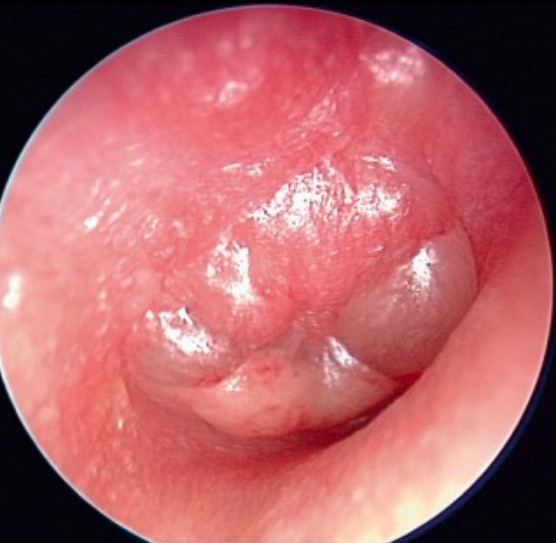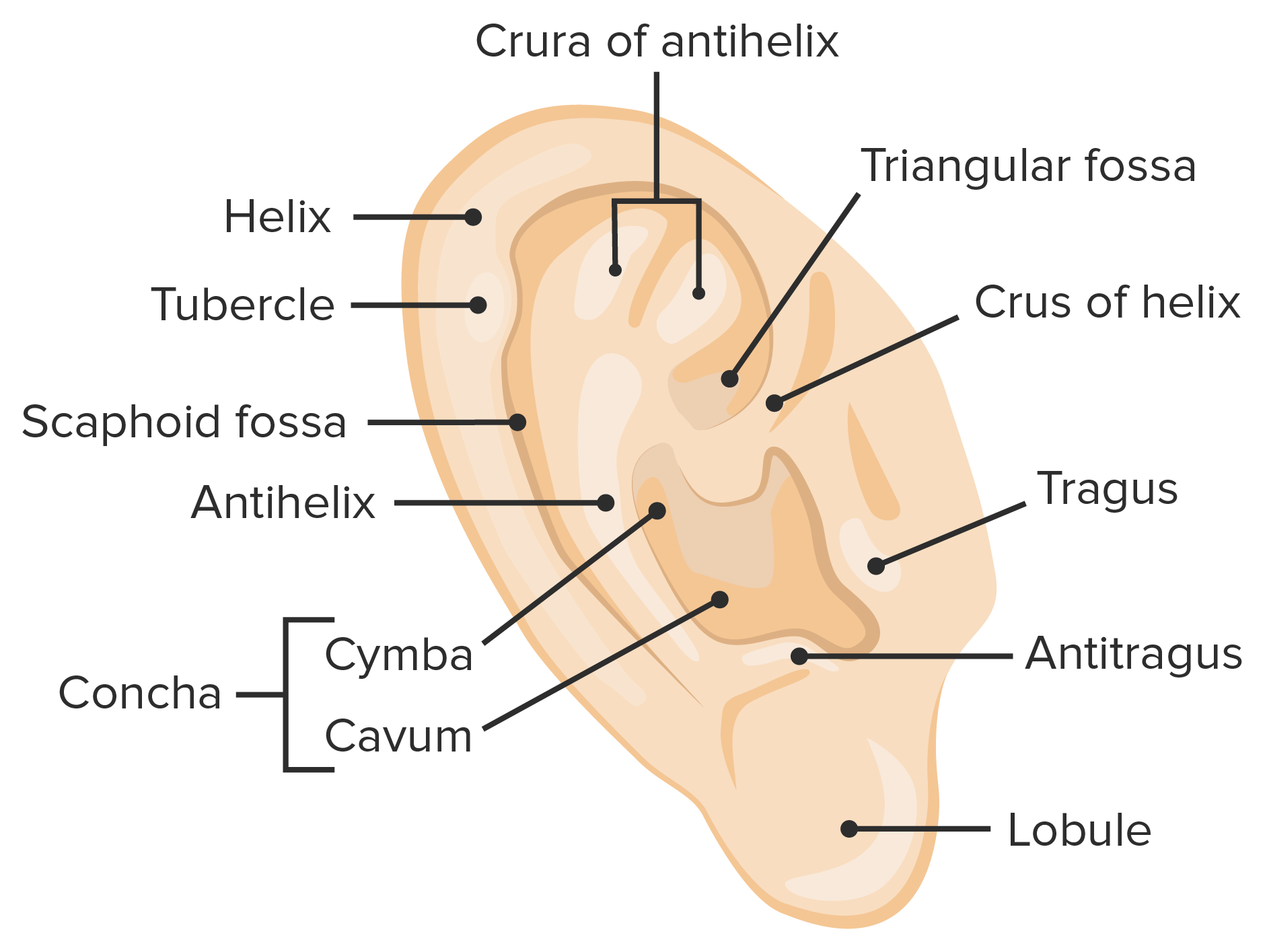Playlist
Show Playlist
Hide Playlist
Acute Otitis Media (Middle Ear Infection): Etiology and Prognosis
-
Slides OtitisMedia InfectiousDiseases.pdf
-
Reference List Infectious Diseases.pdf
-
Download Lecture Overview
00:01 What about preventive treatment? We certainly immunize children today against haemophilus influenzae B and streptococcus pneumoniae with vaccines. 00:14 We do that at the age of 2 and 4 months of age. 00:21 We generally do not give long-term antibiotics to kids who have recurrent episodes of acute otitis media. 00:29 We only invite resistance and problems. 00:33 Tympanostomy tubes are used fairly frequently in kids who have lots of recurrent otitis media. 00:42 And they work. 00:45 Pneumococcal vaccine. 00:49 We’re now using the conjugate vaccine called Prevnar 20, which is a vaccine against 20 of the most common strains. 01:01 It is a conjugate vaccine and of course annual influenza vaccine is prudent. 01:07 Kids who are breastfed have a lower incidence of acute otitis media. 01:16 And a curious benefit is that of Xylitol chewing gum or lozenges for kids obviously are not in danger of choking on it greater than 2 years of age and it does decrease the adherence of streptococcus pneumoniae and H influenzae to respiratory epithelial cells. 01:38 So I think you can see that we concluded that the majority of cases of acute otitis media are actually self-limiting. 01:47 And 80% improve in 24 to 48 hours and are symptom-free within several days. 01:56 Conductive hearing loss definitely occurs in acute otitis media, but it gradually improves and it’s usually not permanent. 02:05 Now chronic otitis media is uncommon, but can occur as a result of multiple episodes of acute otitis media and we have to watch out for it in kids who’ve got tympanostomy tubes. 02:19 They can get colonization by some bed bugs that can cause chronic infection. 02:25 Kids who attend daycare often get frequent respiratory tract infections and as a result, frequent otitis media. 02:35 They can develop chronic otitis media as well. 02:39 People who have nutrition are more prone. 02:43 And those who are chronically exposed to second hand smoke. 02:49 This concludes my discussion of acute otitis media. 02:54 I hope it was helpful.
About the Lecture
The lecture Acute Otitis Media (Middle Ear Infection): Etiology and Prognosis by John Fisher, MD is from the course Upper Respiratory Infections.
Included Quiz Questions
Which of the following vaccinations helps reduce the risk of bacterial acute otitis media in children?
- HIB vaccine, PCV-13, and Prevnar 13
- HIB vaccine and MMR
- PCV-13 and Prevnar
- Rotovirus vaccine and HIB
- Tdap, HIB, PCV 13, and Prevnar
Which of the following has been shown to decrease the rates of ear infections in children under 2 years old?
- Breastfeeding for at least 4 to 6 months.
- Chewing bubble gum.
- Ear candling
- Regular day-care education
- Cleaning ears with cotton swabs after daily baths
A 3-year-old boy with tympanostomy tubes is brought to the clinic for a routine follow up of his chronic ear infections. In your office, he is chewing gum, and very playful. He is up to date on all his vaccines and he goes to daycare 5 days a week while mom works two part-time jobs as a single parent. His mom smokes cigarettes but tries to avoid smoking in the house, though she does smoke in the car with windows down. Mom's main concern today is that her son refuses to eat any vegetables and often skips dinner altogether, but then asks for chips late at night before going to bed, which she usually gives him because she doesn't want him going to bed hungry and he just won't eat anything else. What are his risk factors for recurrent ear infections?
- Tympanostomy tube colonization, day-care, poor nutrition, and second-hand smoke exposure.
- Poor nutrition and second-hand smoke exposure.
- Vaccinations weakening his immune system at such a young age, gum-chewing, and poor nutrition.
- Day-care, vaccinations, tympanostomy tubes, and second-hand smoke exposure.
- Day-care, second-hand smoke exposure, and poor nutrition, and gum-chewing.
Customer reviews
5,0 of 5 stars
| 5 Stars |
|
5 |
| 4 Stars |
|
0 |
| 3 Stars |
|
0 |
| 2 Stars |
|
0 |
| 1 Star |
|
0 |





